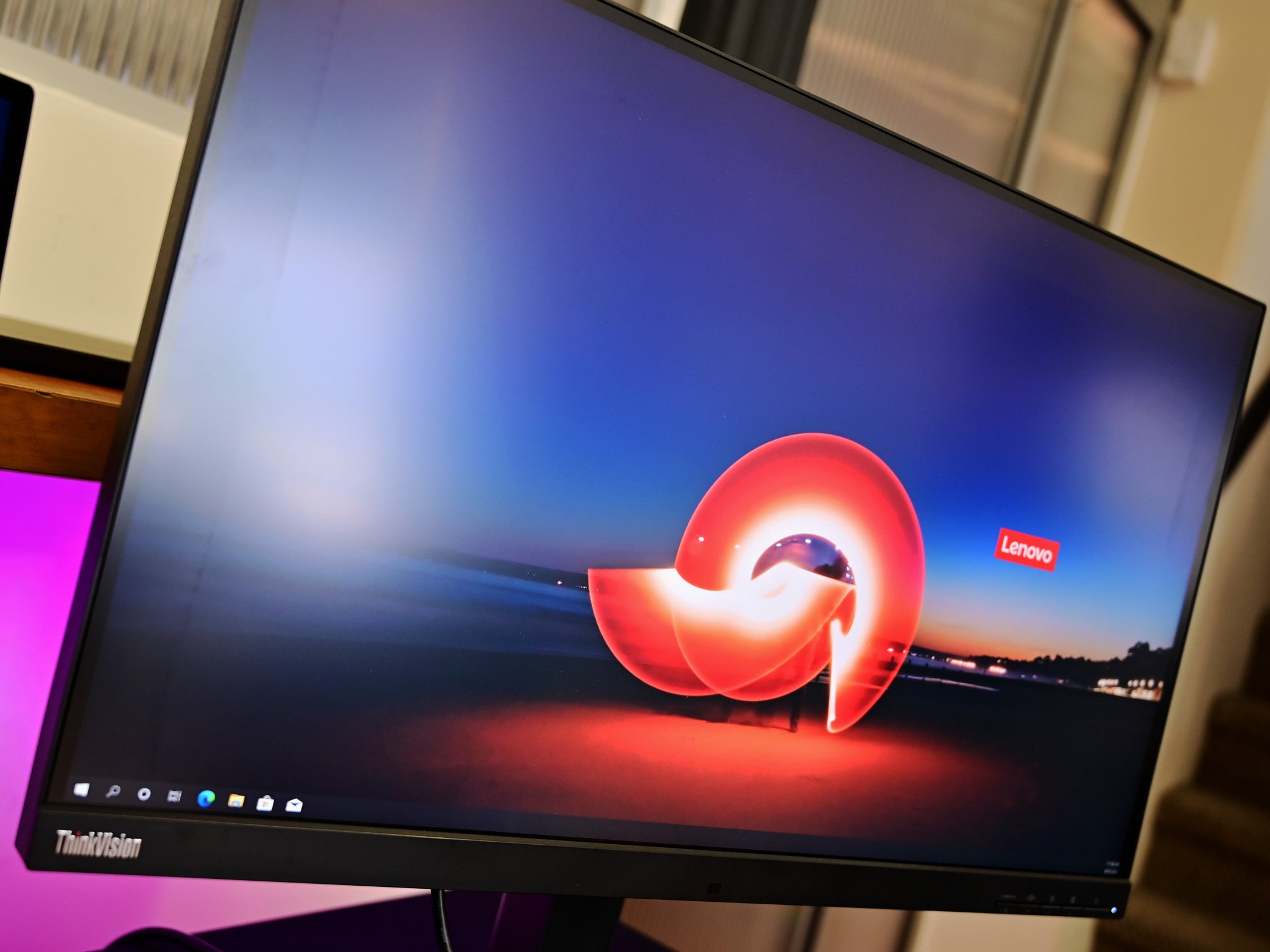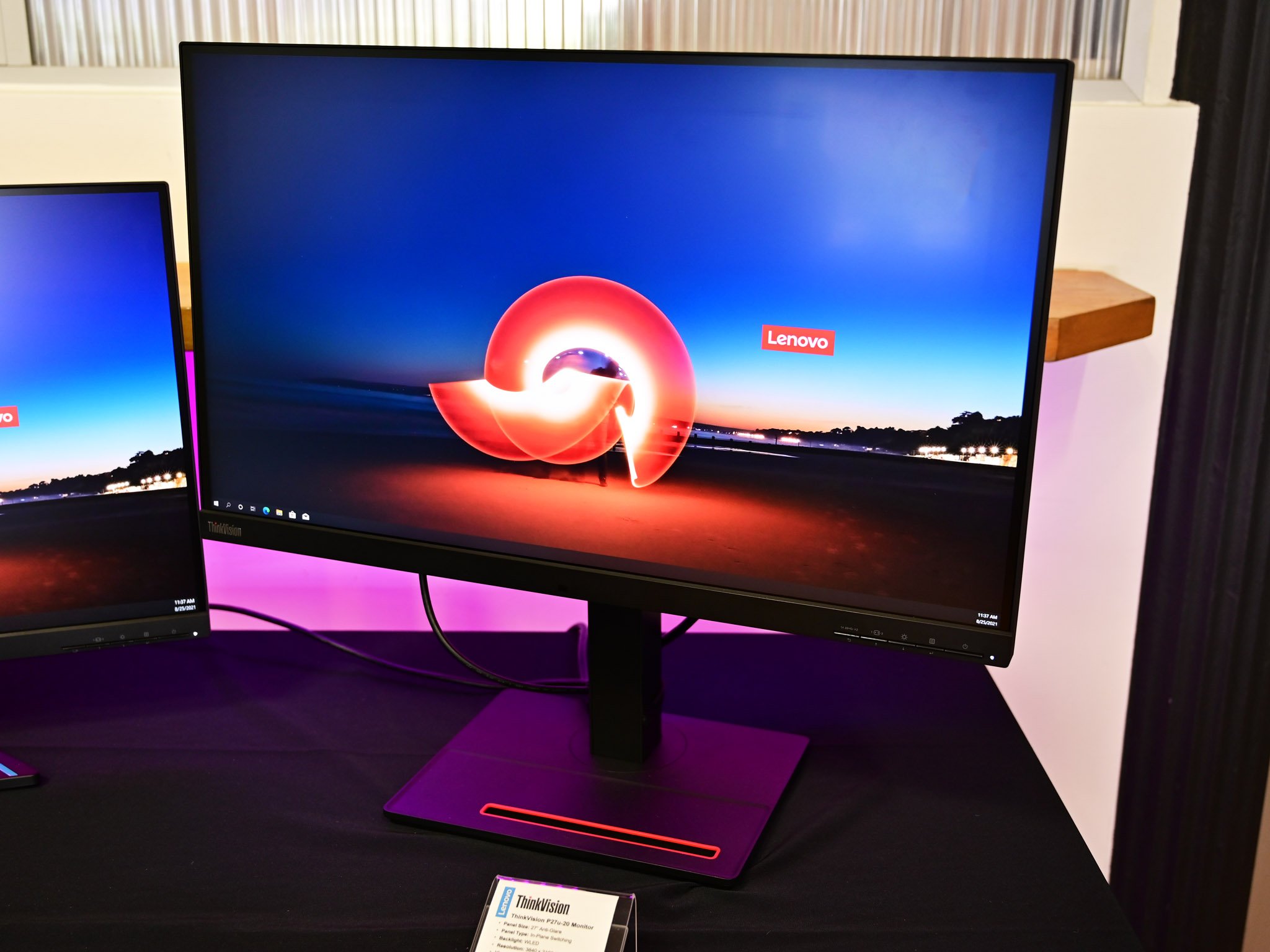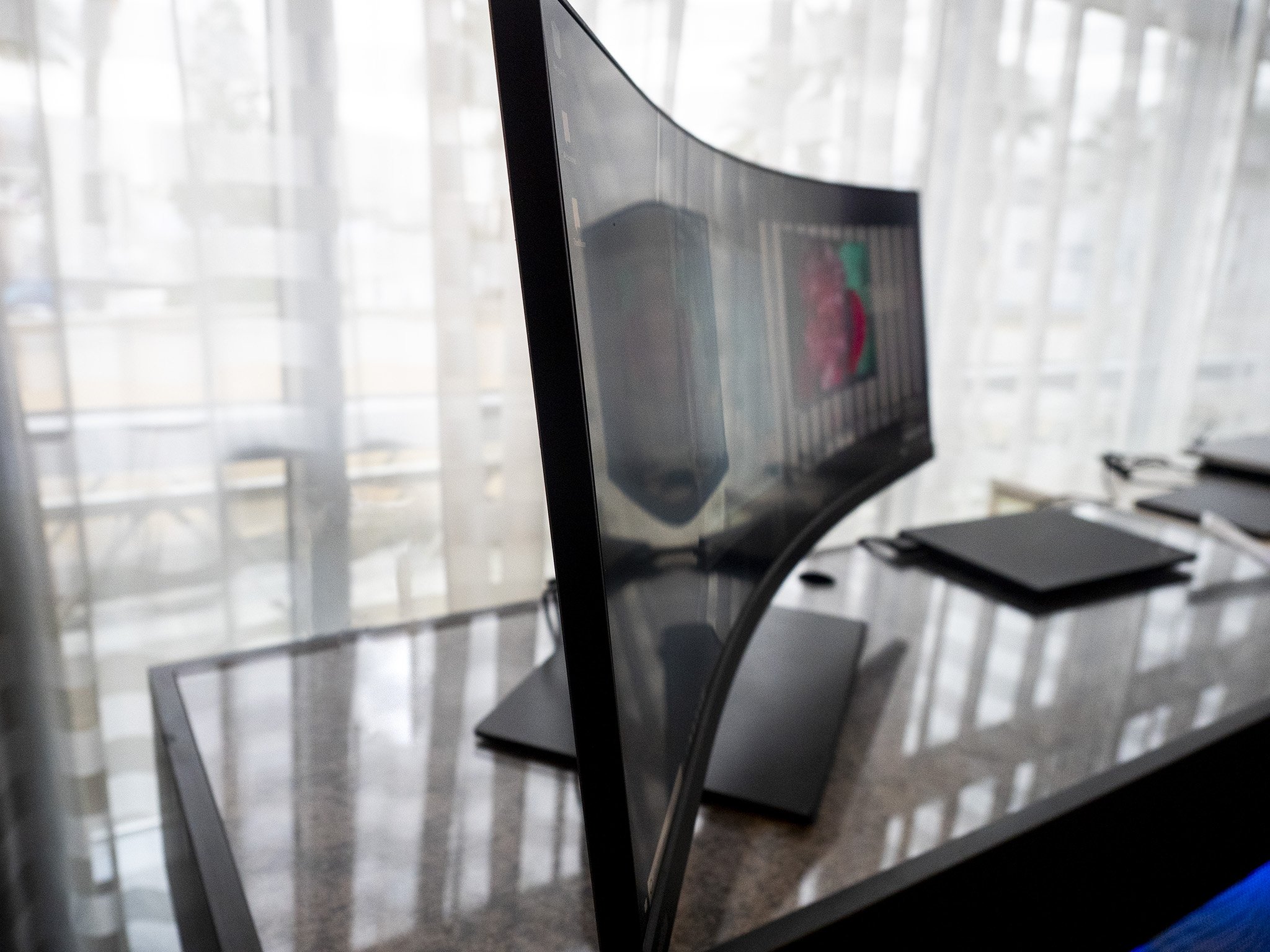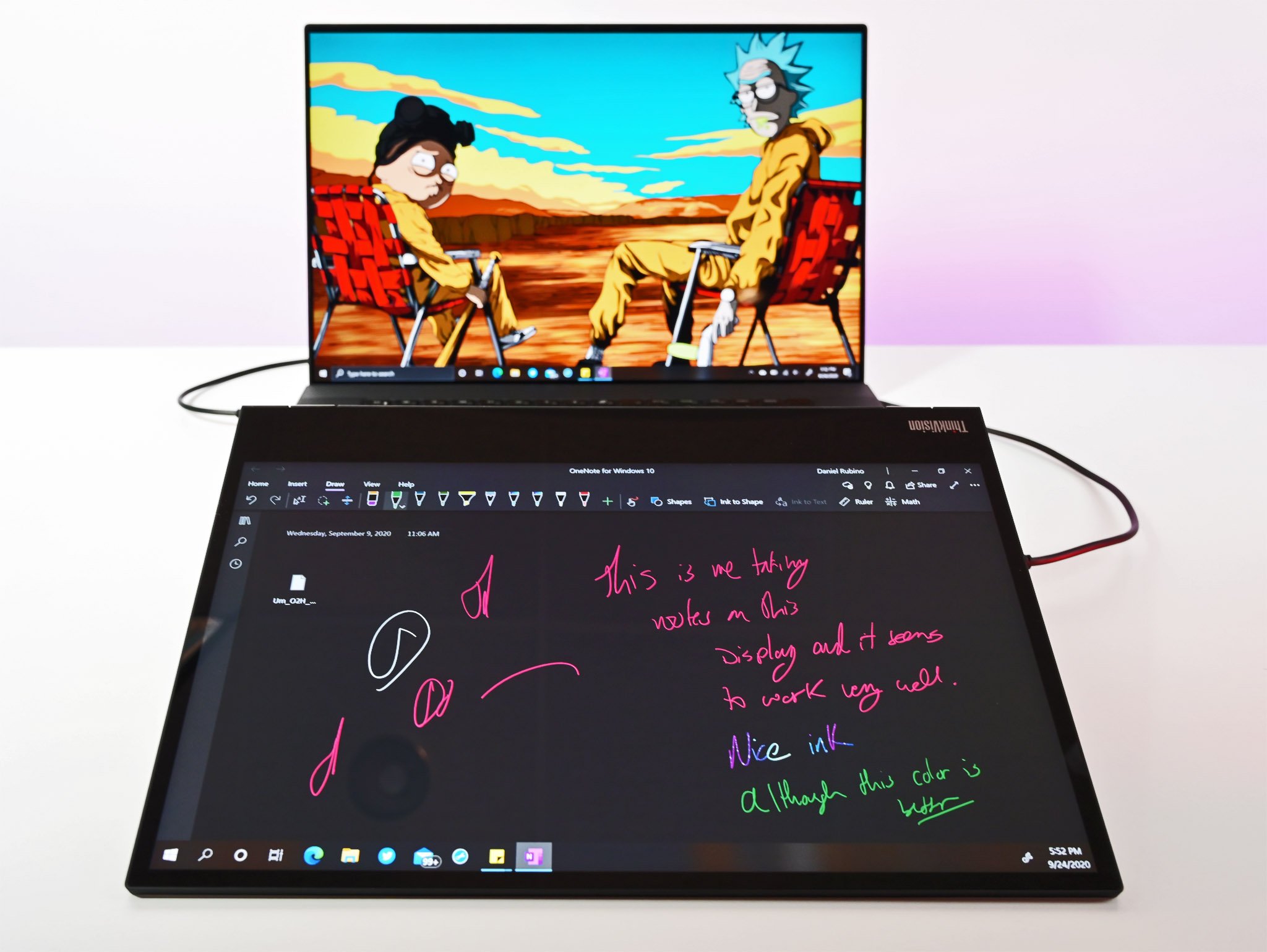Lenovo reveals its consumer trend insights and forecast for the future of displays
The future starts now.

Another year, another advance in the display sector, which includes monitors and screens of all shapes and sizes. But tech doesn't stop when 2021 does; the industry giants are already hard at work planning the framework for 2022, 2023, and beyond. If we thought the strides in mobile, remote-work-friendly tech of the past two years were big, we should expect even more evolution to occur over the years ahead. Lenovo's one of the big companies at the forefront of those evolutionary efforts.
Lenovo's no stranger to meeting consumer demands when it comes to screen needs. Be it capable laptop displays or the best computer monitors built to multiply productivity potential wherever, whenever, the tech giant is keen on providing people with the panels they need to see the most and do the most. I spoke with Stefan Engel, Lenovo's VP & General Manager of Visuals Business, to learn about current consumer trends as well as find out what his company has in store for the coming years.
16:10, 16:9, 3:2... where does the industry go?

Displays are an ever-evolving sector of technology both in terms of raising hardware ceilings as well as accommodating changes in user preferences. Take, for example, the rise in the 16:10 aspect ratio, driven largely by consumers wanting extra room that 16:9 doesn't afford. I asked Engel what trends Lenovo was observing in this department.
"There has been an increasing amount of positive feedback for the 16:10 format as opposed to the 3:2," he said. "Over the next two years, we anticipate that the 16:10 ratio will take on a larger share of the laptop market as users will want to connect to monitors with the same aspect ratio."
He highlighted how that additional screen real estate has made the ratio a big get for gamers as well as TV show lovers, beyond the work-related productivity benefits more screen space affords. Then, he gave some context regarding how 16:10 currently sits in the market alongside 16:9. "In comparison, the less desirable 16:9 format is the aspect ratio delivering the lowest amount of vertical space relative to its horizontal space, potentially placing products still supporting that ratio in the 'cost-effective' category for users — also, using a borderless panel just makes optimizing the keyboard and touchpad layout much more difficult."
Efficient, light-sensitive screen advancements

Lenovo has its sights on numerous display-related technologies as it heads into 2022 and beyond. Included in that lineup are "natural low blue light technology," a long-running focus of screen makers that pride themselves on emphasizing viewer eyecare, as well as energy efficiency.
In the energy efficiency space, Engel talked about screens that adjust their brightness in response to ambient light sensors' readings of the user's environment, a technology designed to help ensure energy isn't being wasted. But there's more than one way to keep power consumption in mind when crafting a product, a fact Lenovo is acutely aware of.
Get the Windows Central Newsletter
All the latest news, reviews, and guides for Windows and Xbox diehards.
"In terms of low power tech, LCD has almost reached the limit of power consumption," Engel said. "Each year power consumption is lowered in order to comply with regulations, such as EnergyStar and ErP, thus we believe LCD provides tech with the lowest power it can achieve while still providing a great experience."
But where is there to go when LCD is already at its lowest low? Engel had an answer for that as well. "One avenue is to improve Open Cell's transmittance rate, increasing luminance backlight or decreasing the power distributed to normal integrated circuits (ICs), especially for premium models with the USB-C docking feature," he stated. He proceeded to mention how dynamic refresh rate enhancements could further boost power-saving efforts.
The new tech you'll see soon

Energy efficiency is important, but a product needs to be compelling for its functionality as well as its sustainability. That's why, beyond advancements in power conservation, there's so much more that Engel and Lenovo are focused on.
"Another new technology we see advancing is Mini-LED/Micro and flexible OLED — enabling richer colors, higher contrast ratios, better response times and lighter/thinner designs that are less obtrusive while still providing enough screen real-estate," he stated. "Flexible OLED will be key to enabling new solutions and product form factors resulting in more design opportunities and a better user experience."
Engel mentioned that Lenovo's actively studying flexible OLED opportunities via the user scenarios it's monitoring. As such, keep an eye out not only for tech that enhances energy efficiency and puts less of a strain on your eyes, but expect slimmer-than-ever form factors in the not-so-distant future. We know that Lenovo is cognisant of the fact that consumers want their screens more literally, physically flexible than ever, so now we just have to wait and see whether it'll be the first one to the rollable, hyper-slim punch.
Robert Carnevale is the News Editor for Windows Central. He's a big fan of Kinect (it lives on in his heart), Sonic the Hedgehog, and the legendary intersection of those two titans, Sonic Free Riders. He is the author of Cold War 2395. Have a useful tip? Send it to robert.carnevale@futurenet.com.

